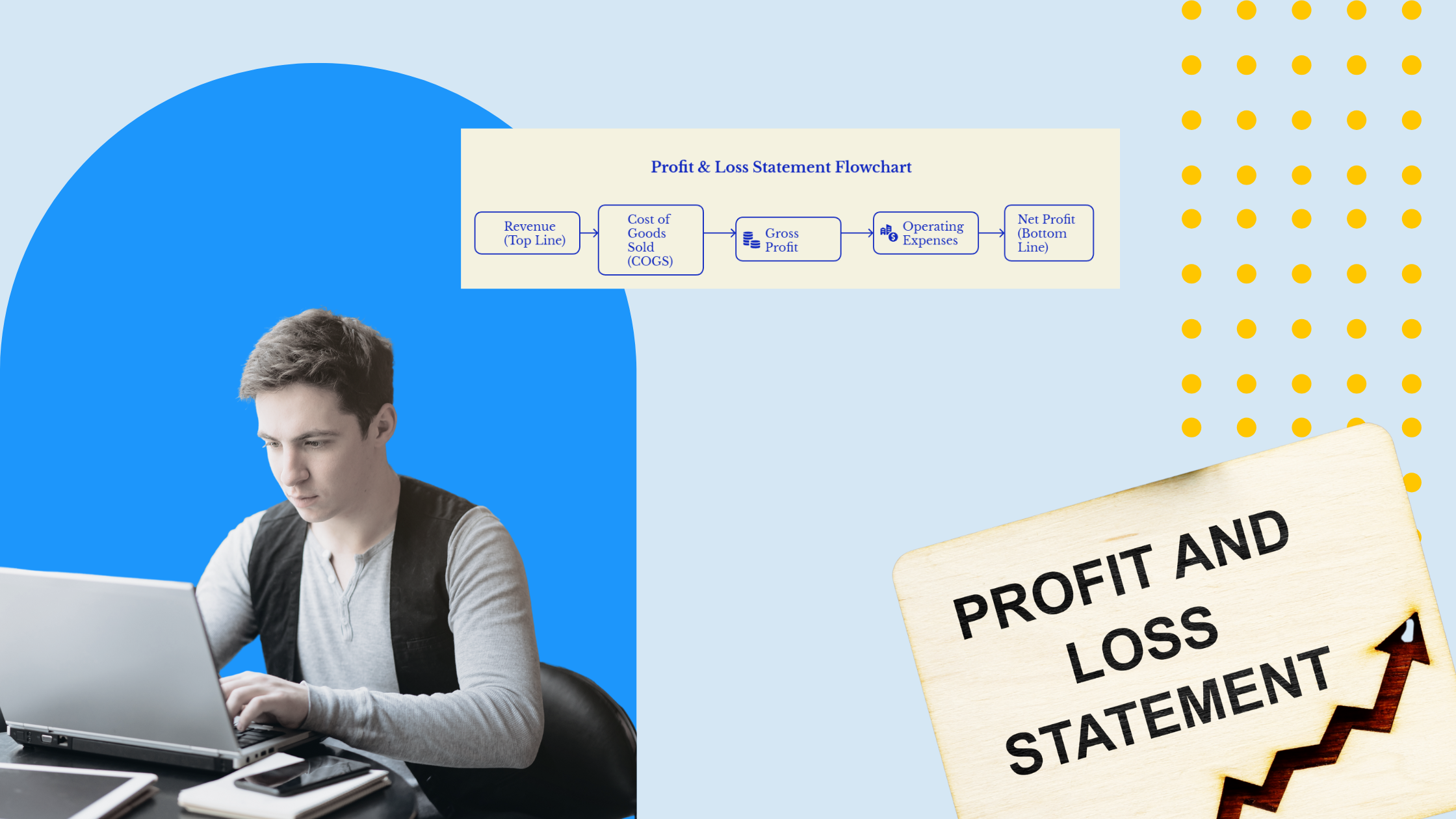If you're running a business, you likely know money is coming in… and going out. But do you know where it’s going—or how much of it is turning into actual profit?
That’s where your Profit & Loss (P&L) Statement comes in.
Also called an Income Statement, this financial report gives you a clear view of your business’s financial performance over a specific period—monthly, quarterly, or annually. And when used properly, it becomes more than just a report. It becomes a roadmap.
Why Your P&L Matters
Your P&L isn’t just for your accountant at tax time. It answers key questions every business owner should ask:
- Are we making money?
- Are our costs under control?
- Are we growing sustainably?
When reviewed consistently, it provides valuable insights into:
- Profitability
- Spending patterns
- Tax planning
- Financial health
What’s on a P&L?
Here’s how your P&L funnels your income down to your true bottom line:
- Revenue (Top Line): Total income from sales or services
- Cost of Goods Sold (COGS): Direct costs to deliver your product or service
- Gross Profit: Revenue minus COGS
- Operating Expenses: Rent, salaries, software, marketing, insurance, etc.
- Net Profit (Bottom Line): What’s left after all expenses, taxes, and interest
Flow: Revenue → COGS → Gross Profit → Expenses → Net Profit

How to Read a P&L (Step-by-Step)
1. Pick the Right Timeframe
- Monthly = Manage cash flow
- Quarterly = Spot trends
- Annually = Reflect on long-term performance
2. Review Revenue
- Is it growing?
- Are there seasonal dips?
- Are you dependent on one product or client?
3. Analyze COGS
- Are your margins shrinking?
- Are your suppliers getting more expensive?
4. Examine Operating Expenses
- Are you overspending on software, rent, or ads?
- Are expenses increasing faster than income?
5. Evaluate Net Profit
- Are you consistently profitable?
- Do you have enough left over for emergencies, tax payments, or reinvestment?

P&L Health Checklist
- Revenue is increasing over time
- Gross profit margin is steady
- Operating expenses align with business goals
- Net profit supports future growth
How to Use Your P&L to Grow Your Business
✅ Evaluate Profitability
Know if you’re truly making money—or just staying busy.
✅ Cut Costs That Don’t Convert
Reduce unnecessary spending, especially in overhead and variable costs.
✅ Track Progress
Use historical data to make smarter decisions.
✅ Prepare for Tax Season
Understand your tax obligations based on real profit—not guesswork.
✅ Support Better Decisions
Hire with confidence. Adjust pricing. Expansion plan.
Real Example
One client came to us confused about flat sales despite increasing ad spend. Their P&L highlighted rising marketing costs with no revenue growth. We helped them shift ad dollars to better-performing campaigns—and their revenue jumped 20% in one quarter.
What Your P&L Helps You Decide
- Budgeting: Set monthly spend targets
- Pricing: Adjust if margins are too thin
- Scaling: Know when you can afford to hire or seek financing
Ask Yourself:
- What % of revenue is going to COGS or labor?
- Are depreciation and amortization manageable?
- Is profit aligned with your long-term goals?
Common Mistakes to Avoid
- Ignoring your numbers
- Misclassifying expenses
- Focusing on one bad (or good) month
- Only reviewing your P&L at year-end
When to Bring in a Pro
You should talk to a CPA or accountant if:
- You’re not sure how to read your P&L
- You’re planning to grow, restructure, or raise funds
- You want a better strategy and fewer surprises
Benefits:
Accurate reporting. Strategic insights. Total peace of mind.
Final Thoughts: From Confusion to Confidence
Your P&L tells the story of your business. If you learn to read it—and act on it—you’ll make better decisions, grow faster, and reduce financial stress.
Next Steps
- Review your P&L every month (using the cash or accrual method, depending on your business)
- Book a consult with a CPA to uncover hidden insights and align your numbers with your goals
Need help interpreting your P&L?
MESA CPA offers expert support to help Canadian businesses make sense of their numbers—and use them to grow.



.png)
.png)
